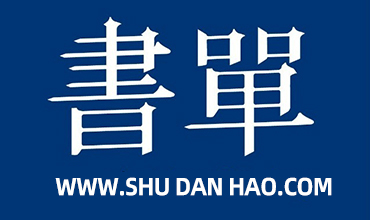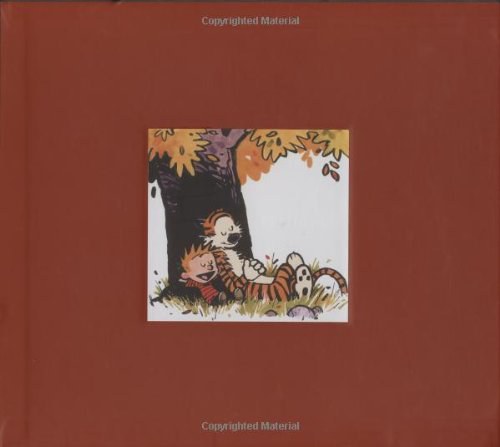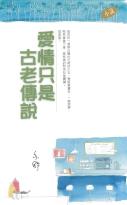
Peter N. Miller《History and Its Objects》
书刊介绍
Cultural history is increasingly informed by the history of material culture—the ways in which individuals or entire societies create and relate to objects both mundane and extraordinary—rather than on textual evidence alone. Books such as The Hare with Amber Eyes and A History of the World in 100 Objects indicate the growing popularity of this way of understanding the past. In History and Its Objects, Peter N. Miller uncovers the forgotten origins of our fascination with exploring the past through its artifacts by highlighting the role of antiquarianism—a pursuit ignored and derided by modem academic history—in grasping the significance of material culture.
From the efforts of Renaissance antiquarians, who reconstructed life in the ancient world from coins, inscriptions, seals, and other detritus, to amateur historians in the nineteenth century working within burgeoning national traditions, Miller connects collecting—whether by individuals or institutions—to the professionalization of the historical profession, one which came to regard its progenitors with skepticism and disdain. The struggle to articulate the value of objects as historical evidence, then, lies at the heart both of academic history-writing and of the popular engagement with things. Ultimately, this book demonstrates that our current preoccupation with objects is far from novel and reflects a human need to reexperience the past as a physical presence.
作品目录
Introduction: Why Historiography Matters
1. History and Things in the Twentieth Century
2. Karl Lamprecht and the "Material Turn" c. 1885
3. Things as Historical Evidence in the Late Renaissance and Early Enlightenment
4. Material Evidence in the History Curriculum in Eighteenth-Century Göttingen
5. Archaeology as a Way of Talking about Things, 1750–1850
6. Material Culture in the Amateur Historical Associations of Early Nineteenth-Century Germany
7. Gustav Klemm, Cultural History, and Kulturwissenschaft
8. The Germanisches Nationalmuseum: Antiquitates and Cultural History in the Museum
Conclusion: Toward a Future Theory of the Historical Document
相关推荐
-

避税之盾:税务机关反避税解析
《避税之盾:税务机关反避税解析》内容简介:税收领域体现了“魔高一尺,道高一丈”。企业要想避税,必须深入了解反避税。纳税人在
-

中国古代医学教育与考试制度研究
中国古代医学教育与考试制度研究 内容简介 本书以辛亥革命以前中国古代医学教育与考试制度为研究范围,以断代研究的方法,分夏商周、春秋战国、秦汉、三国两晋南北朝、隋...
-

岳飞新传
作品目录第一章 佃农投军第一节 从出生到成婚第二节 韩府佃客第三节 两次投军第二章 尽忠报国第一节 金军大举攻宋第二节 河东抗
-

重紫
◆古风仙侠题材代表作家蜀客实力巅峰之作,畅销十年,口碑经典。同名电视剧即将开机拍摄,一线演员主演、知名制作公司承制。漫画、有声等周边版权均已开发,热度经年不减。...
-

日本电子产业兴衰录
作者简介:西村吉雄1942年生,1971年毕业于东京工业大学研究生院,工学博士。1967年~1968年曾留学于法国蒙彼利埃大学固体电子学研究中心,从事微波半导体...
-

丰子恺写梵高
丰子恺(1898-1975)画家、文学家、美术和音乐教育家。浙江桐乡人。他的漫画风格造型简括、画风朴实,作品有《丰子恺漫画》;他的文笔隽永清朗,语淡意深,著有《...
-

M·Willcock|Plautus|Malcolm M·Willcock《Pseudolus》
ThisbookcontainsthelatintextofPlautuss"Pseudolus,"withadetailedintroductioninclu...
-

执行层领导力
提升团队的关键领导力不在高层,在执行层7种方法全面提升团队执行层领导力兰登书屋七位数美金天价预付抢得北美版权入围亚马逊年度选书◎ 编辑推荐☆ 历时20年,从全世...
-

高效能人士的七个习惯
史蒂芬·柯维(Stephen R. Covey)哈佛大学企业管理硕士,杨百翰大学博士。他是柯维领导中心的创始人,也是富兰克林柯维公司(Franklin Cove...
-

Spring实战(第4版)
Craig Walls是Pivotal的高级工程师,是Spring Social和Spring Sync的项目领导者,同时也是Manning出版社《Spring...
-

名侦探柯南原画全集(1994-2015)
新版《名侦探柯南原画全集1994-2015》,是(1994-2002)时隔13年的大幅修订版。除了与前版一致的内容,新增106页。新增内页为2003~2015 ...
-

艾略特·厄威特的纽约
继布列松之后的马格南图片社核心人物、纪实摄影大师献给纽约的黑白赞歌。旧日影像重叠成平常生活的“非决定性瞬间” 。.....................※编辑...
-
![[英] Agatha Christie《魔指》](http://oss.shudanhao.com/caiji/chazidian/2023/46286.jpg)
[英] Agatha Christie《魔指》
阿加莎·克里斯蒂被誉为举世公认的侦探推理小说女王。她的著作英文版销售量逾10亿册,而且还被译成百余种文字,销售量亦逾10亿册
-

五味
汪曾祺既不是达官贵人,又不是商贾巨富,因此所食、所喜的多是地方风味和民间小食,他谈萝卜、豆腐,讲韭菜花、手把肉,皆是娓娓道来,从容闲适;读的人则津津有味,满嘴噙...
-

丝绸之路
美国当代著名的作家、翻译家、汉学家。1970进入哥伦比亚大学攻读人类学博士,机缘巧合之下学习中文,从此爱上中国文化。1972年赴台湾一所寺庙修行,在那里过起暮鼓...
-

奥威尔书评全集
乔治•奥威尔(1903—1950),英国伟大的人道主义作家、新闻记者和社会评论家,传世之作《一九八四》、《动物农场》脍炙人口,历久弥新,被誉为“一代英国人的冷峻...
-

镖人:卷四
1984年生,吉林延边人。先前从事广告行业,兼任文学翻译。虽然未曾接受过美术绘画训练,但因为热爱漫画,花了四年时间构思并投入一切去准备自己的出道作——《镖人》。...
-

Vader-s Little Princess
In this irresistibly funny follow-up to the breakout bestseller Darth Vader and ...
-

MW(03)
作品目录倒错插曲假意的拜访恶魔降临R基地人质朝向毁灭出发最后赌注后记· · · · · ·
-

古迹
古迹 本书特色 1、作者儿子作序推荐2、从文化的角度解读重要古迹,好读易懂3、附录作者建筑手绘以及摄影作品古迹 内容简介 《古迹》为罗哲文先生关于古代建筑的学术...





